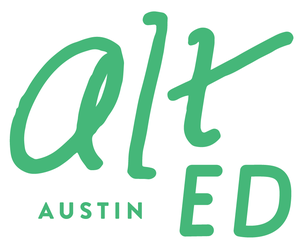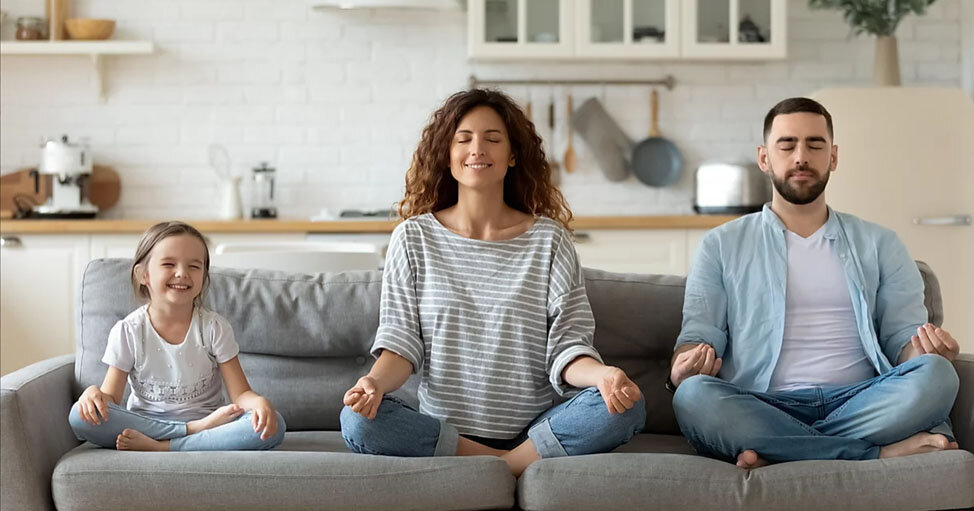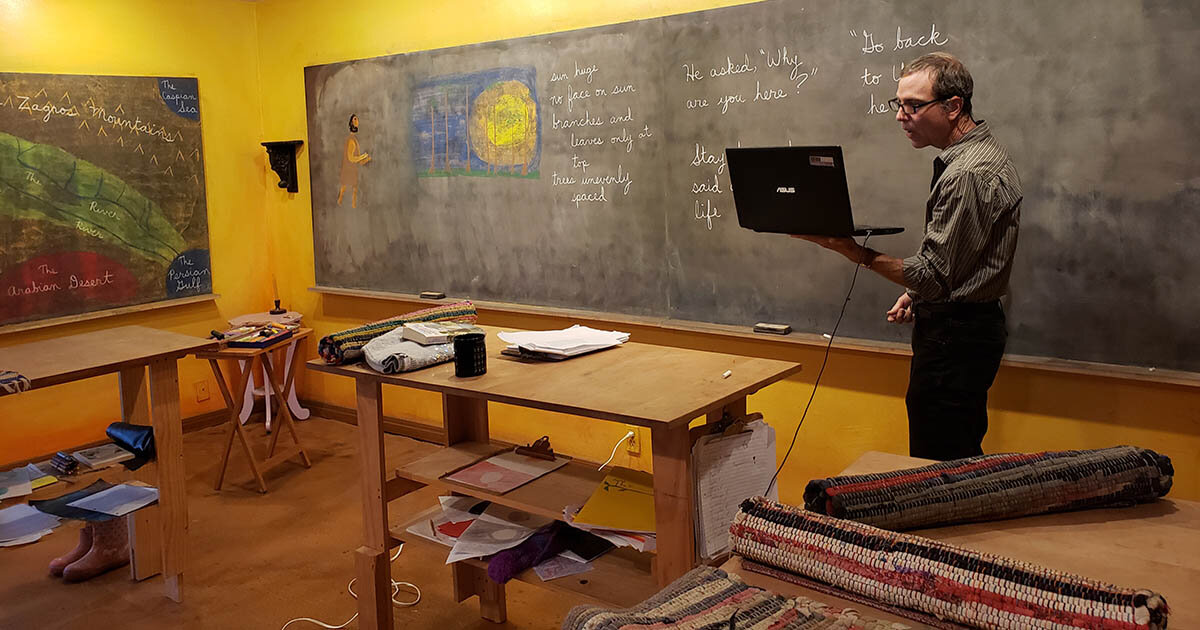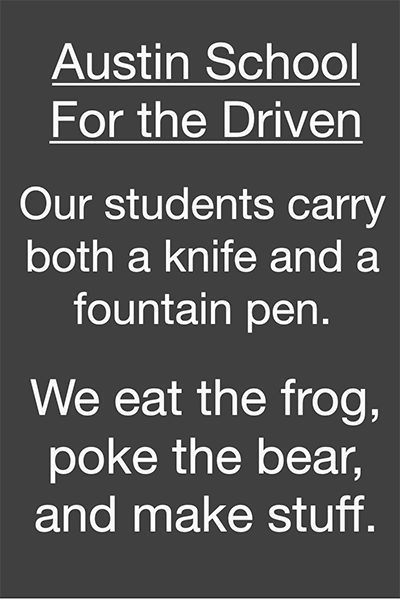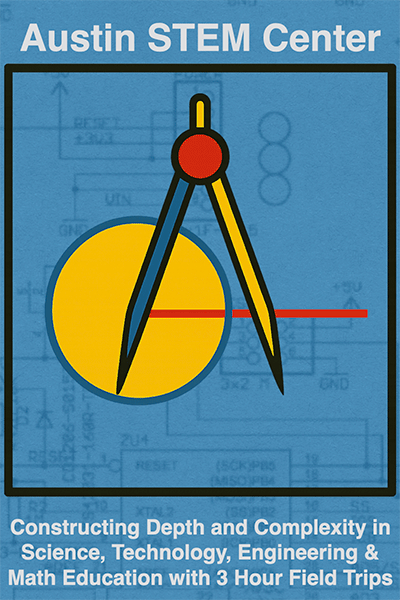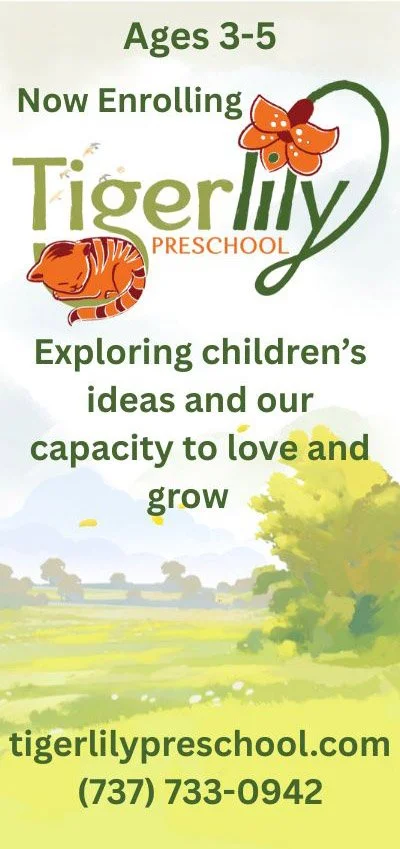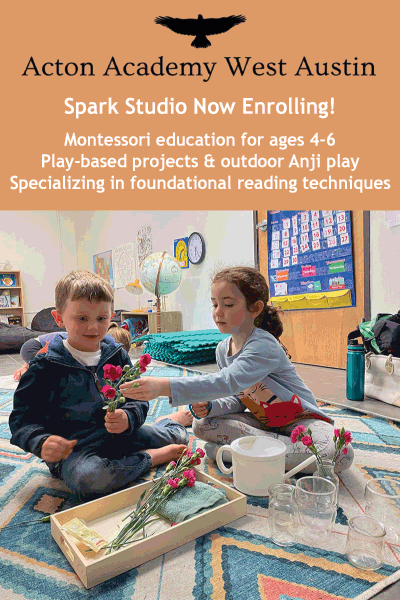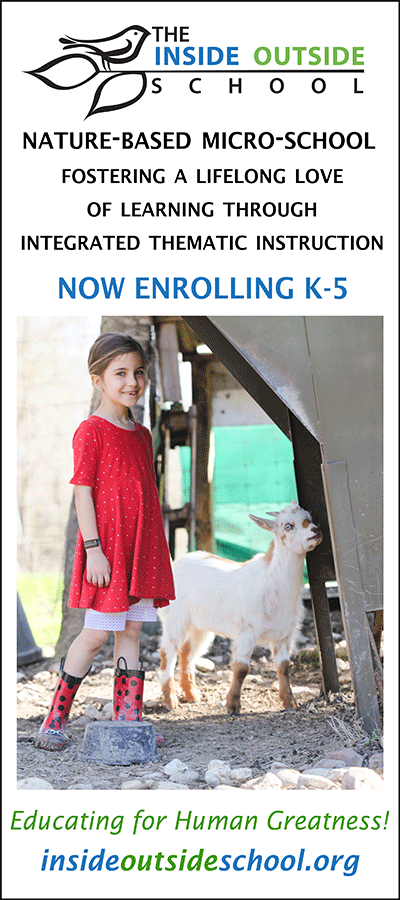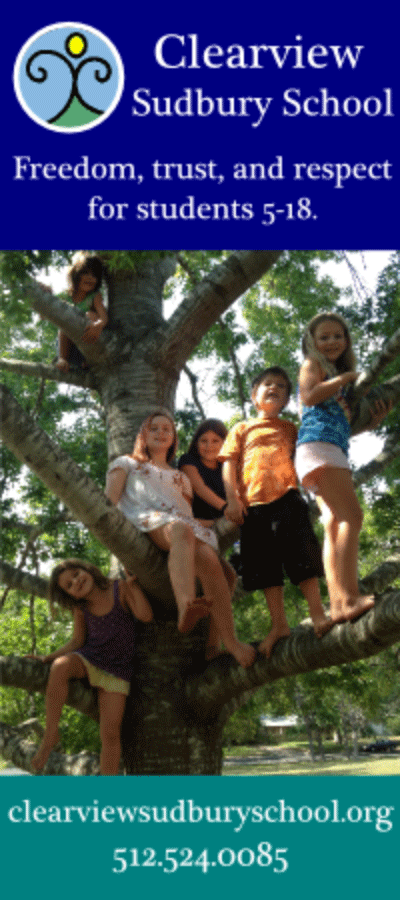MusicAlly: Bringing musicians and remote learners together
/Here at Alt Ed Austin, we always—but especially in these difficult times—find joy in shining a spotlight on educators and artists who are using their time and talents to meet the evolving needs of learners in creative and generous ways. This guest post, from MusicAlly’s Caeli Smith, is music to our ears.
On March 12, 2020, I played what would be my last performance for a very, very long time. I savored the time on stage at Miller Theater at Columbia University, performing with internationally renowned pianist Simone Dinnerstein. It was an all Bach concert, and I luxuriated in the music and the feeling of communicating with my colleagues on stage. With no conductor, we used our bodies and eyes to send signals to each other and play in tandem. The evening had a special gravity. We all knew what was coming.
The next day, wham—my entire performance season was obliterated. I deleted everything from my calendar, too sad to remember what I was supposed to be doing that day. I spent a few days lying glumly in bed. It was obvious I needed a productive, creative project, and quick.
My passion has always been at the intersection of music and education. I’ve been teaching for 15 years, both privately and in New York City schools (and now as an adjunct professor at Juilliard, my alma mater). When Covid-19 hit, teaching was the only part of my life that continued uninterrupted. My students were game to move our work online. To my surprise and delight, I realized that one-on-one instruction with a dedicated student translates rather well to Zoom.
In fact, online teaching has made me a better teacher. I’m more concise with my instruction; more precise with the notes I type up to send to students after the lesson. And my students are better, too: more responsible, focused. There are some things I can’t do for them now. So they do it themselves.
Teaching on Zoom got me thinking about accessibility. In an instant, a student anywhere in the world can be connected to a world-class teacher in New York City or Paris. No waiting for the bus, no getting home too late to finish homework. An hour-long lesson is truly an hour’s investment, for both the teacher and student.
This summer, kids are stuck indoors, in many cases without access to summer camps, school programs, or outdoor play. They desperately need art, structure, and invested mentors. So I founded MusicAlly, which connects kids around the world with online music lessons and peers.
Classical music has a notorious accessibility problem. To break into the circuit, you need an instrument, weekly lessons, maybe summers away at Interlochen. It’s not cheap.
Everyone needs an ally when they’re studying an instrument – whether that comes in the shape of a teacher, a fellow student, or a dedicated parent. I realized that if my program could charge market rate for lessons with the highest-caliber teachers, we could use half of that money to fund a second lesson for another student who wouldn’t otherwise ever have quality private instruction.
All kids who study music know that the best part of playing an instrument is meeting and playing with other musical kids. The first time I played chamber music, at age 11, with three other middle schoolers, a lightbulb went off in my head. (Actually, it was more like fireworks.) This was the stuff. It was what I would do forever.
I designed a PenPal program to match MusicAlly students by age and experience. Our PenPals send weekly “what’s up” emails and twice-weekly practice videos as well as recording duets over Zoom. The correspondence keeps students accountable for their practice and encourages and motivates them in their progress.
MusicAlly has received applications from kids (and adults) in Japan, Romania, and across the United States. My dream is to build a global network of music students who connect with the best caliber of teachers, build relationships with other musical kids, and, most importantly, develop a life-long love of music. Even though live performance is on the shelf for now, music is never postponed.
Caeli Smith | MusicAlly
